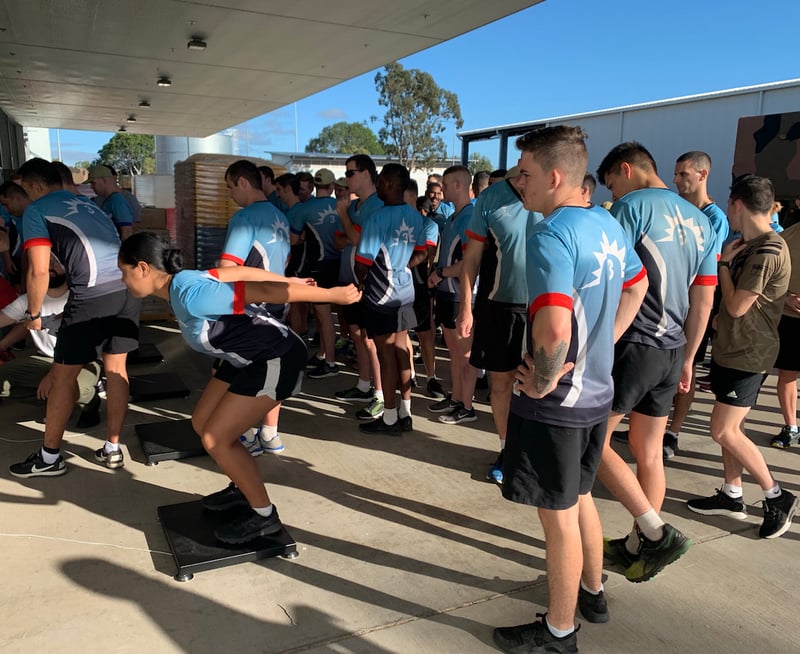
‘Injury prediction’ is a divisive topic largely resulting from, in our opinion, confusion and misunderstanding on what is meant when using this term. To clarify how we approach ‘injury prediction’ we would suggest the concept of relative injury risk assessment. MSK injuries are, thankfully, relatively infrequent events and there is certainly a significant random component of any specific injury occurrence that makes them unpredictable.
So while we can’t know in advance when and where specific injuries will occur, for a given population of people and period of time, some people are predictably more likely to be injured than others. Reasons can include:
In the simplest sense, an understanding of which individuals in a group are most at risk can enable targeted injury rate reduction efforts. Because of the high costs of injuries, even small reductions in injury rates are extremely valuable and that value grows with the size of an affected organization (not to mention the positive psychological dynamic of keeping your people healthy!). This ultimately allows for a better standard of care for organizations, and enables all types of practitioners (physical therapists, coaches, and other clinicians) to scale and to focus their efforts more efficiently.
Despite this potential value, strategic and scalable efforts to assess injury risk have been very limited. Much of the existing knowledge around injury risk is based on small laboratory based approaches with limited impact on operational real-world settings. However, rapidly expanding capabilities and availability of data collection and modeling technologies (e.g. machine learning) are making relative injury risk assessment at an organizational level a reality.
The foundation for a data-driven approach to relative injury risk assessment is straight forward:

The availability of data that can support movement health-related analyses has substantially improved in the past several years with the improved availability to collect data (wearables, sensors, cameras… we’re partial to force plates and the combination of sensor data). The laboratory-based research studies that have been performed for years have shown the ability to measure physiological characteristics that are related to injury risk, even if the real-world application has been limited. To make relative injury risk assessment operational, this type of data and injury occurrence data needs to be systematically and reliably collected at scale. Technology is improving rapidly.
The ability to accurately identify that an individual is even just 2X more likely to be injured than a base group of peers is information that organizations (sports teams, medical providers, military units, and employers) can use to make meaningful reductions in injury rates. This type of relative risk prediction model is well suited to supervised machine learning techniques that naively look for patterns in feature data to classify outcomes. The accuracy of these models of course depends on the amount of data that is used to build (or ‘train’) the model, and how well this training data matches the population of the given organization. One would not necessarily expect, for example, a model trained on data collected from field hockey players to perform well for a tactical military unit. The solution then is for organizations to have models trained on data from their own population (or populations closely matching theirs).
In future posts, we will continue to discuss and dissect many of the concepts and methodologies that are foundational to our mission, but the simple take home is this: data-driven relative injury risk assessment is a useful tool for any organization that is attempting to reduce injury rates and minimize the impact of injuries for the people they manage.
Without supernatural foresight, we can’t predict specific injury events—who will be injured and when. However, for a given population of people and period of time, some people are predictably more likely to be injured than others.